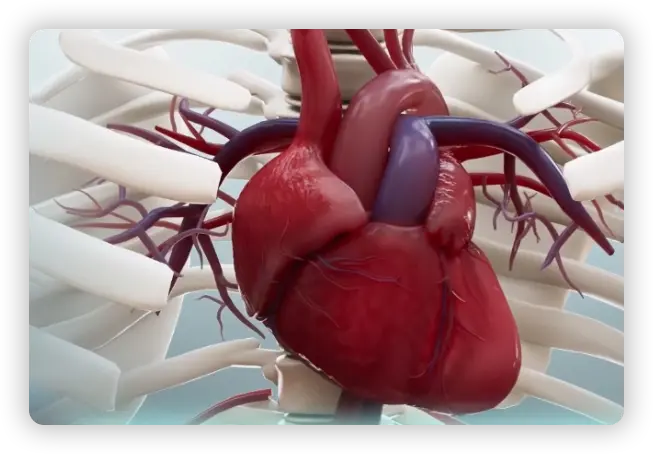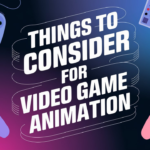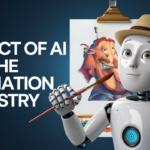Understanding 3D Animation Services Step by Step Process | Prismart Studio
Prismart Productions (a unit of Gyan Era Learning Solutions Pvt. Ltd), is a top-notch animation service provider that embarked on its remarkable journey in 2013. Over the past decade, the company has consistently delivered unparalleled animation services to a global clientele, spanning TV series, OTT platforms, movies, edutainment, and more offering personalised, high-quality solutions from pre-launch to post-launch. Our team’s exceptional skills cater to diverse animation needs, ranging from ultra-realistic to stylised 2D and 3D rendering.
Notably, we embrace cutting-edge technology and styles, working on projects involving Unreal Engine, VFX, VR, AR, Motion Graphics, and Unity-based simulations to deliver quality output to our clients within the least turnaround time and at budget-friendly prices. With a relentless commitment to excellence, Prismart Productions has earned a reputation as a top-tier company excelling in multimedia, digital education, CG animation, 3D modeling and texturing, toon series, AR, VR, explainer videos, and short movie production.
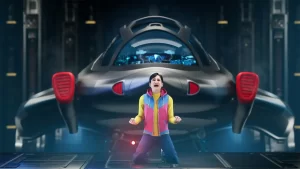

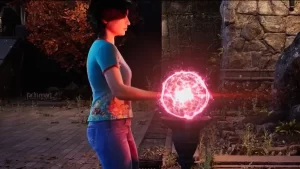
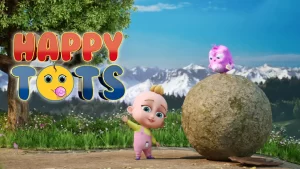
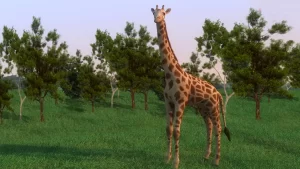
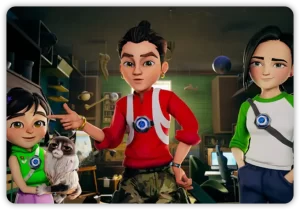

3D animation services are a mix of creativity, technology, and storytelling to bring digital ideas to life. They play a important role in captivating audiences in movies, advertisements and various digital media. This article aims to deliver knowledge about the process of 3D animation breaking it down into ten essential steps. Each step is important in crafting narratives that capture our imagination and evoke emotions and thoughts.
Beyond its storytelling capabilities, 3D animation offers many benefits. It provides an engaging way to present complex information and making it ideal for educational, promotional, and instructional content. Additionally, 3D animation enhances marketing efforts by creating memorable and impactful advertising campaigns.
Concept Development
Concept development marks the inception of 3D animation services. This phase is about exploring and refining ideas to define the purpose, target audience, and message of the animation. It sets the tone for the entire project, guiding the direction of storytelling and visual elements.
Storyboarding
Storyboarding visually plans the sequence of events and serves as a blueprint for the animation. Storyboards, typically created in a series of panels, depict key moments in the animation and provide a clear roadmap for animators. They help visualize the story, camera angles, and pacing, facilitating early feedback and revisions.
Modeling
Modeling involves creating 3D models of characters, objects, and environments using software like Maya, Blender, and Zbrush. Artists sculpt and texture these models to create detailed and realistic assets for the animation.
Rigging
Rigging is the process of adding a digital skeleton to 3D models created in the modeling stage. This skeleton allows animators to move and pose the models, giving them lifelike movements and expressions.
Animation
Animation is where the magic happens in 3D animation. Animators breathe life into 3D models, making them move and show expressions. They use keyframes and interpolation to create smooth and realistic movements, giving characters and objects personality and emotion.
Lighting
Lighting is crucial in animations as it helps create the right mood and atmosphere for each scene. Lighting artists use virtual lights to illuminate the 3D scene, adding shadows, highlights, and reflections.
Texturing and Shading
Texturing is the process of adding surface details like colors, patterns, and textures to 3D models, while shading defines how light interacts with these surfaces, giving them depth and realism.
Rendering
Rendering is the final step in 3D animation, converting the 3D scene into a 2D image or video. This process calculates the final appearance of the scene, including lighting, shadows, reflections, and textures.
Compositing
Compositing is the final stage of the 3D animation process, combining all rendered elements to create the final image or video. This includes integrating 3D elements with live-action footage, adding visual effects, and applying color correction.
Review and Revision
The final step in the 3D animation process is reviewing the animation to ensure it meets client requirements. This involves checking for accuracy, consistency, and overall quality. Any necessary revisions are made based on feedback, ensuring the animation meets the desired standards.
Consider the pricing structure of the 3D animation company. While it’s important to find a company that offers competitive pricing, remember that quality should not be compromised. Look for a company that offers transparent pricing with no hidden costs.
Conclusion
3D animation services are a complex yet rewarding journey that transforms ideas into captivating visual experiences. Each step in the process requires skill, creativity, and attention to detail, culminating in a polished and professional end product. By understanding the intricacies of 3D animation, we can better appreciate the artistry and technology behind it, enriching our experience of animated storytelling in movies, advertisements, and various media.

